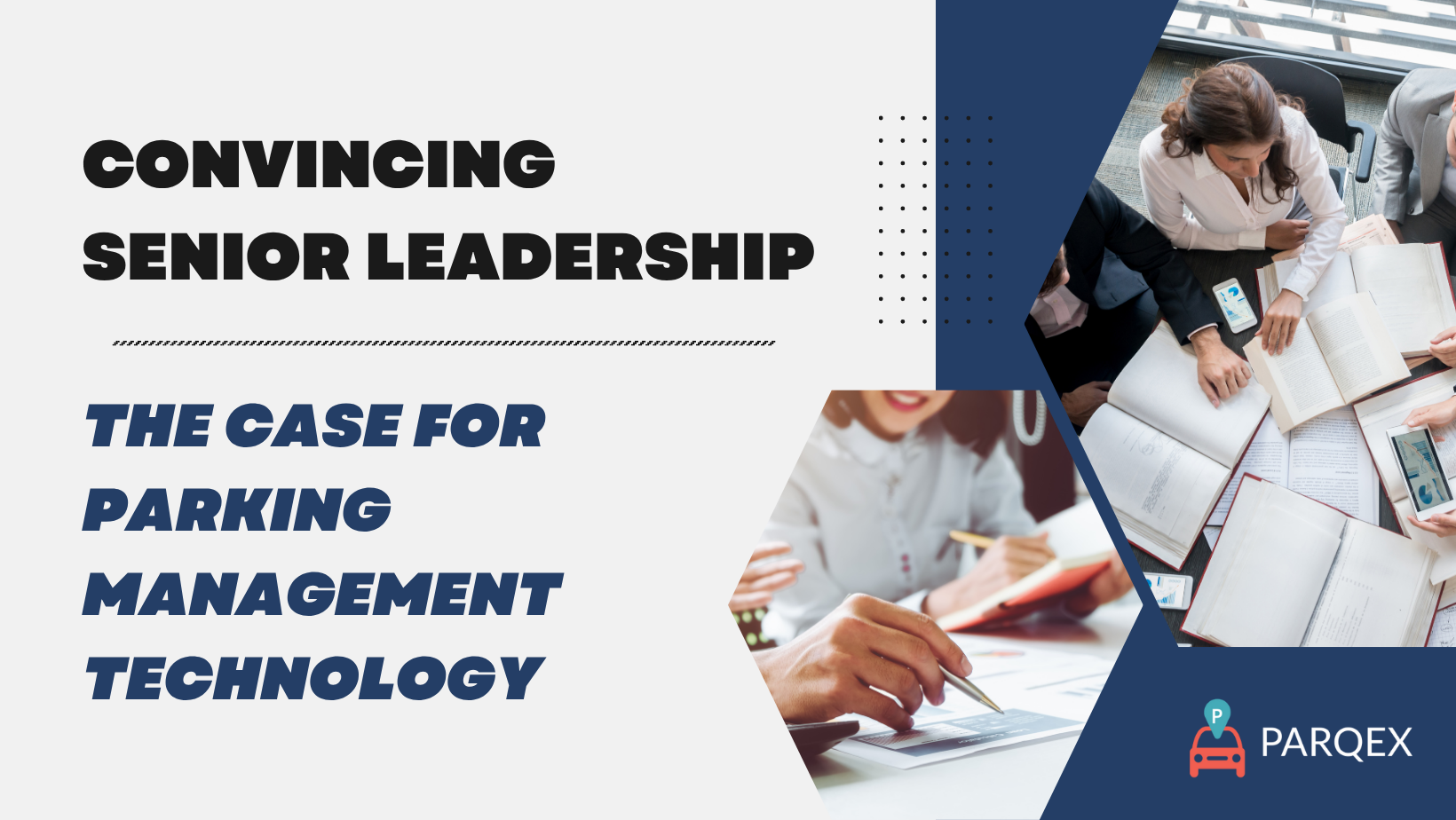An interesting transition is taking place in many cities. Traditionally, people (residents as well as visitors) tended to gravitate towards city centers. Recently, however, neighborhoods have started to get more attention. This has profound effects on real estate, retail businesses, and many other aspects of city life. Let’s look at why this is happening and some of the implications of this urban trend where neighborhoods gain popularity over city centers.
City Centers vs. Neighborhoods
City centers and neighborhoods may have qualities in common but they also have distinctive characteristics.
City Centers
For a long time, the city center was the hub of commerce, pedestrian traffic, and entertainment in many cities. A city center, which may also be called r “downtown” or a “business district,” has features such as:
- Transportation hubs such as train and bus terminals.
- Convention centers for business events.
- Hotels for tourists and business travelers.
- A wide selection of restaurants, retail shops, and entertainment (e.g. nightclubs, theaters, concert halls).
Neighborhoods
While a city center is, by definition, the hub of a city, neighborhoods can be scattered around and may extend into the suburbs. While city centers often attract tourists, business travelers, and residents seeking entertainment, neighborhoods are more known for:
- Residential areas
- Schools
- Churches, community centers, and civic organizations
Obviously, there’s overlap between the two as people do live in city centers and there have always been retail, restaurants, and other attractions in neighborhoods. Now, however, we’re seeing more diverse businesses and activities in neighborhoods.
The Revival of Neighborhoods
City centers are still popular in many ways, especially for tourism and business events. However, the focus is shifting to neighborhoods in some important ways.
Retail Returning to Main Street
As Fast Company recently reported, retail is returning to neighborhoods. Retail stores and other businesses are finding that many customers prefer to find goods and services in neighborhoods where they live. Retail intelligence demands that savvy businesses anticipate customers’ preferences. Fulton Market in Chicago, for example, has recently grown quickly as one of the nation’s most trendy shopping areas. What is driving this shift? There are actually a number of factors.
- Convenience. Most people live in neighborhoods and don’t always feel like traveling to the city center for necessities or leisure activities.
- Community. Shopping locally gives people a chance to socialize and get to know their neighbors.
- Diversity. Suburban malls and city centers are mainly populated with chain stores. Main Street businesses are often independent and owned by locals.
Community and Civic Improvements
Aside from retail, many neighborhoods are enjoying the revitalization of community services. This is evident in several Midwestern cities. In Milwaukee, Co:lab, a coalition of civic organizations, is launching many community projects designed to strengthen neighborhoods, provide people with essential skills, and revitalize the economy. Similar efforts are underway in Madison, where community groups recently received a grant to work with troubled youth in the Mellowhood neighborhood. Such efforts are designed to improve safety, help at-risk populations, and make streets and malls more appealing to shoppers.
Such community strengthening efforts can have a significant effect on neighborhoods. They encourage more retail investors in these areas. They help to boost both commercial and residential real estate. A growing and improving neighborhood creates a submarket for developers and small businesses to invest in.
Smart Parking Solutions for neighborhoods that gain popularity over city centers
One implication of retail expansion in neighborhoods is that cities need efficient solutions to make life easier for businesses and shoppers. Traffic and parking, for example, are a major issue in many cities today. Popular shopping districts need sustainable parking solutions. There are several key issues that drivers and businesses care about.
- Availability. People want to know that they can easily find a parking space.
- Cost of parking. If parking is expensive, it discourages shoppers from visiting an area.
- Traffic congestion. Efficient parking cuts down on congestion
- Safety. It’s important that drivers feel safe parking and leaving their vehicles unattended while they’re shopping.
- Aesthetics. Parking solutions can either blend well with a neighborhood or an eyesore.
Neighborhoods in many areas such as Chicago, Milwaukee, Madison, and many other areas, are experiencing an exciting renaissance. This is good news but it also means that smart solutions are needed to accommodate growth.
Parqex offers innovative parking solutions for builders, developers, property managers, and residents. GuestParq makes it easy for property managers to organize guest parking. Access+ allows drivers to manage gates, doors, and garages. Enforcer helps you catch parking violations. These are some of the tools Parqex has introduced to make life easier as neighborhoods grow and attract more traffic. To find out more about our services, contact us.







